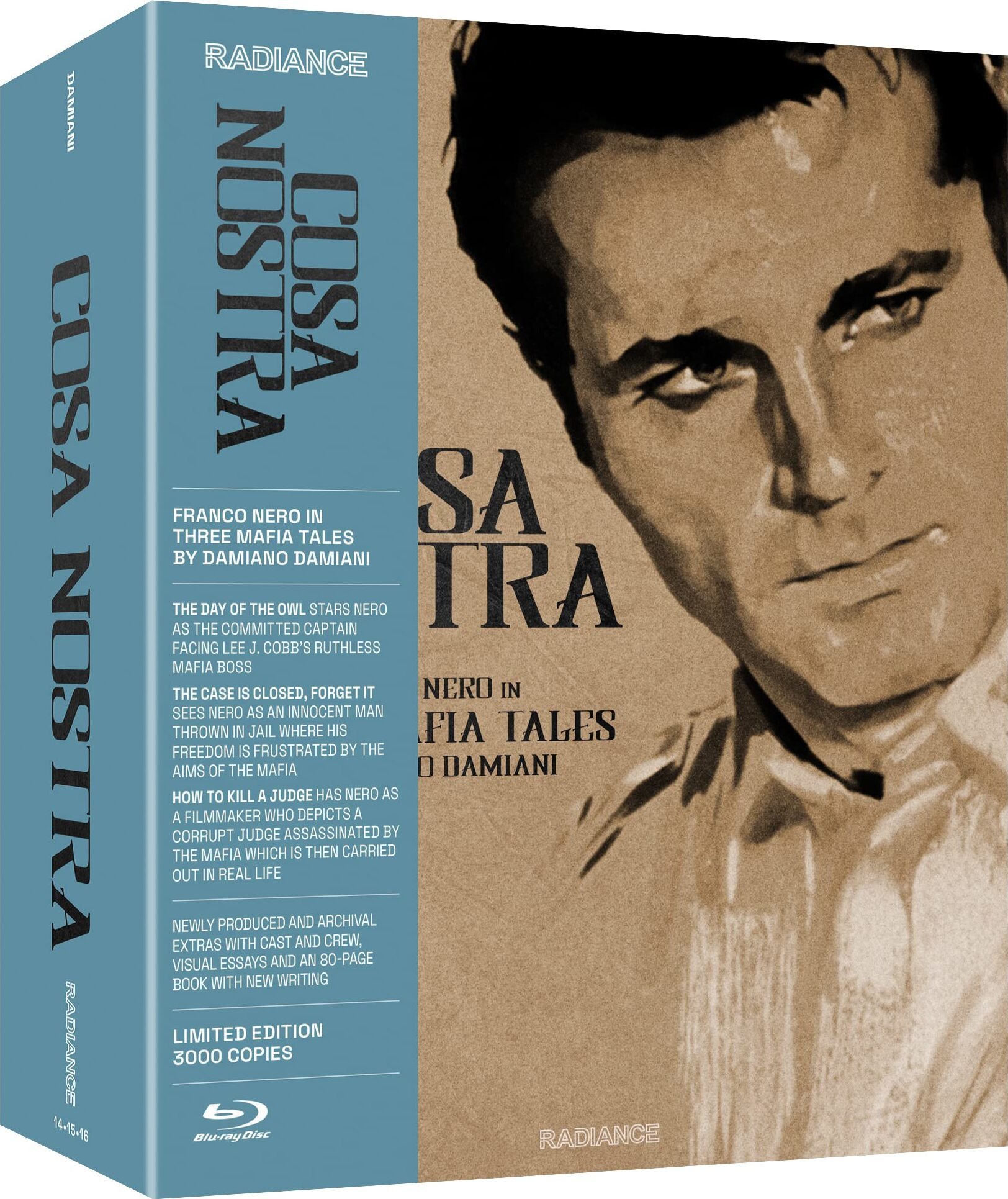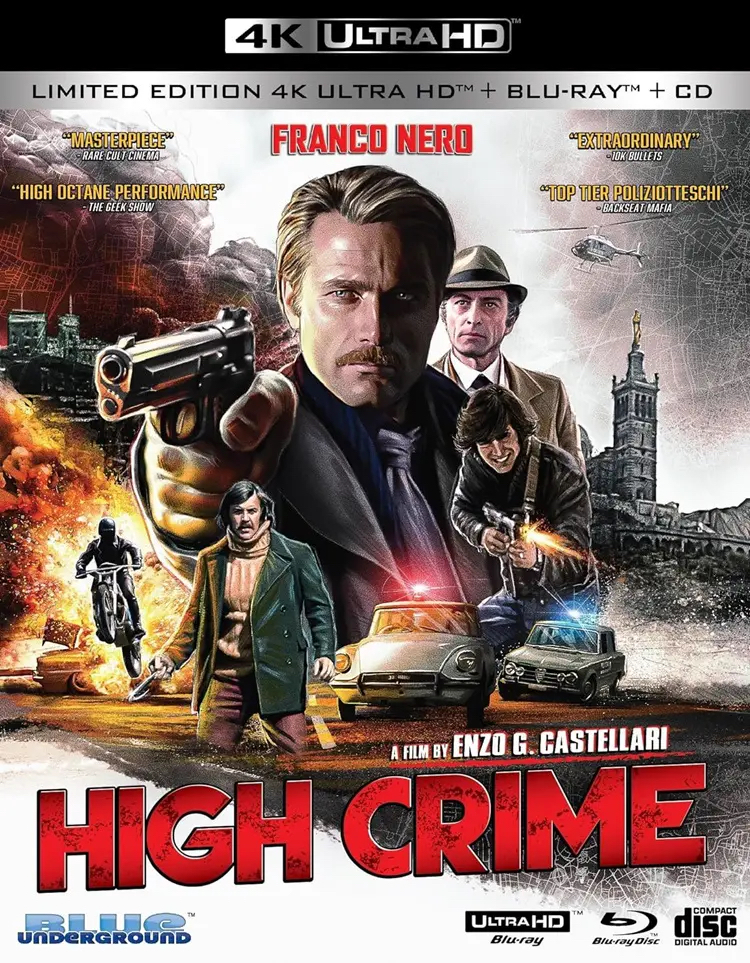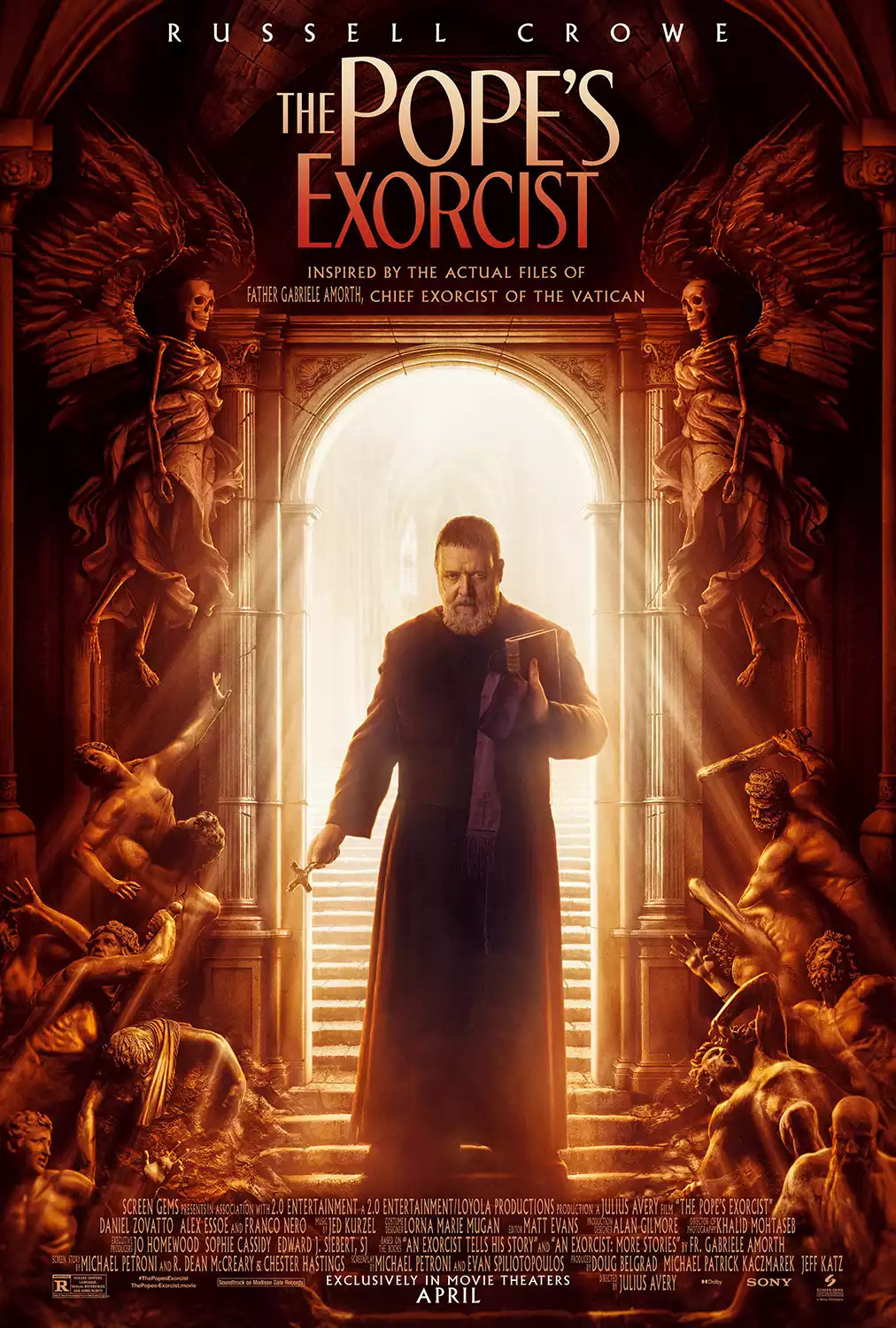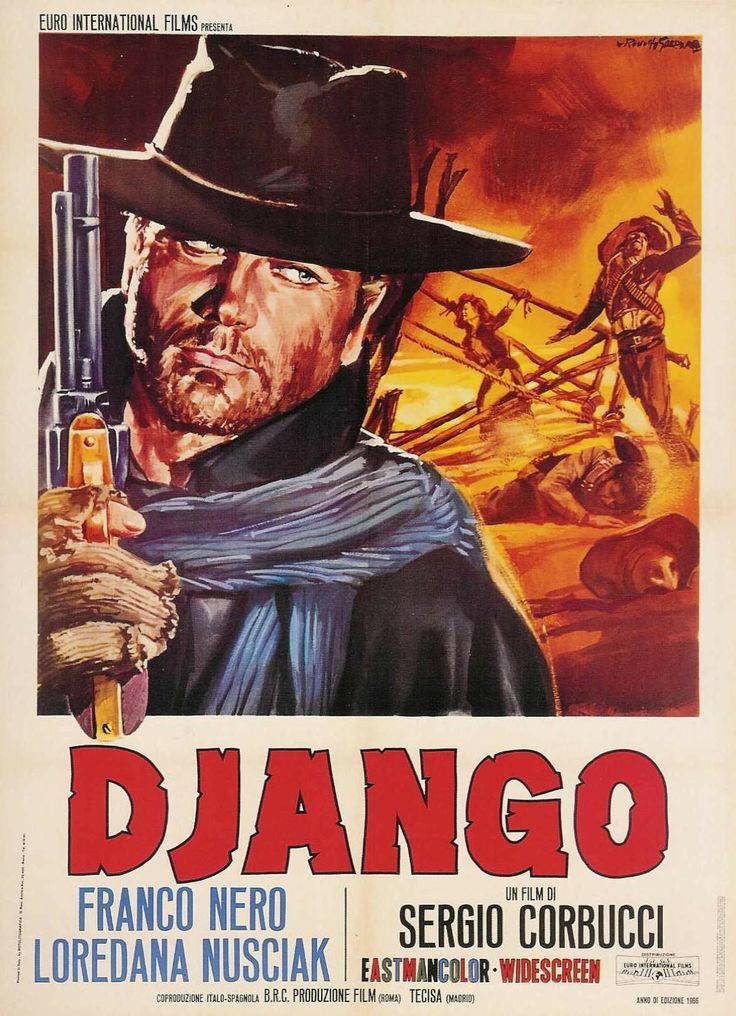
As I return from my vacation my mind once again turns to this blog. I really don’t know what I’m doing with it anymore. I love the idea of it being this eclectic pop-cultural thing where I share shows, review movies, talk about books and music, give details on upcoming Blu-ray releases and tour dates, and whatever else I find interesting. But that takes quite a bit of time to do and I don’t always have time, or I’m too tired to do anything, or I’m just lazy. So, it winds up being this really weird hodge podge. Which is maybe ok. But for now, I’m gonna make an effort to write about a lot of stuff.
Franco Nero is an Italian actor who has been in over 200 films in his long career. He is best known for playing Django in the classic spaghetti western from 1966, but he’s performed in just about every genre ever. Django was more or less a remake of Sergio Leonne’s A Fistful of Dollars (1964) which itself was more or less a remake of Akira Kurosawa’s Yojimbo (1961), which if you want to get technical about it was more or less an adaptation of Dashiell Hammett’s novel Red Harvest.
But I digress.
With his rugged good looks and his pale, blue eyes Nero made an excellent leading man in all sorts of Italian genre films throughout the 1960s and 1970s and beyond. I’ve only seen a handful of his films but I’m always excited to see his name in the credits. Radiance Films is putting out a three-film collection that stars Nero and was directed by Damiano Damiani entitled: Cosa Nostra: Franco Nero in Three Mafia Tales by Damiano Damiani. The three films in question are: The Day of the Owl, The Case is Closed, Forget It, and How to Kill a Judge. I don’t know a thing about the films except they all were made in the late 1960s to the early 1970s, are Italian, and fall loosely into the poliziotteschi genre of Italian crime films (and of course, they star Franco Nero) and that’s enough for me to make this set my pick of the week.
Also out this week that looks interesting:
Shaw Brothers Classics: Volume Two: I’ve written about the Shaw Brothers before in these pages. I’m a huge fan of their kung fu films. Shout Factory is releasing its second set of films from the studio. It contains 12 films (Lady of Steel / Brothers Five / The Crimson Charm / The Shadow Whip / The Delightful Forest / The Devil’s Mirror / Man of Iron / The Water Margin / The Bride From Hell / Heroes Two / The Flying Guillotine / The Dragon Missile) and is chock full of extras.
Asteroid City: Wes Anderson’s latest is possibly the most Wes Anderson film Wes Anderson has ever made. It is a movie within a TV show within a play, or something like that. It is weird, funny, and moving in the way his films usually are. It has a huge and magnificent cast. I can’t wait to watch it again. His movies usually (eventually) come out in deluxe sets from the Criterion Collection so I’ll probably wait on that, but it is worth checking out if you haven’t already.
Is Paris Burning?: Rene Clement directs this World War II story from a script by Gore Vidal, Francis Ford Coppola, and Marcel Moussey about a Nazi general who is given orders to destroy Paris if the Allied troops make it into the city. It is chock full of stars (Jean-Paul Belmondo, Alain Delon, Kirk Douglas, Glenn Ford, etc., etc., etc.) but didn’t receive particularly great reviews.
The Lincoln Lawyer: Season One: I really enjoyed the Bosch television series and I’ve been enjoying the book series it was based on. The writer, Michael Connelly, also wrote the books this series is based on and that alone is enough to make me intrigued.
Audie Murphy Collection III: Audie Murphy was one of the most decorated war heroes to come out of World War II. After the war, he become a film star. He made a lot of different movies but is best known for his westerns. Kino Lorber is releasing three more of his films (Showdown, Hell Bent for Leather, and Posse from Hell) in this regular collection of the actor.




